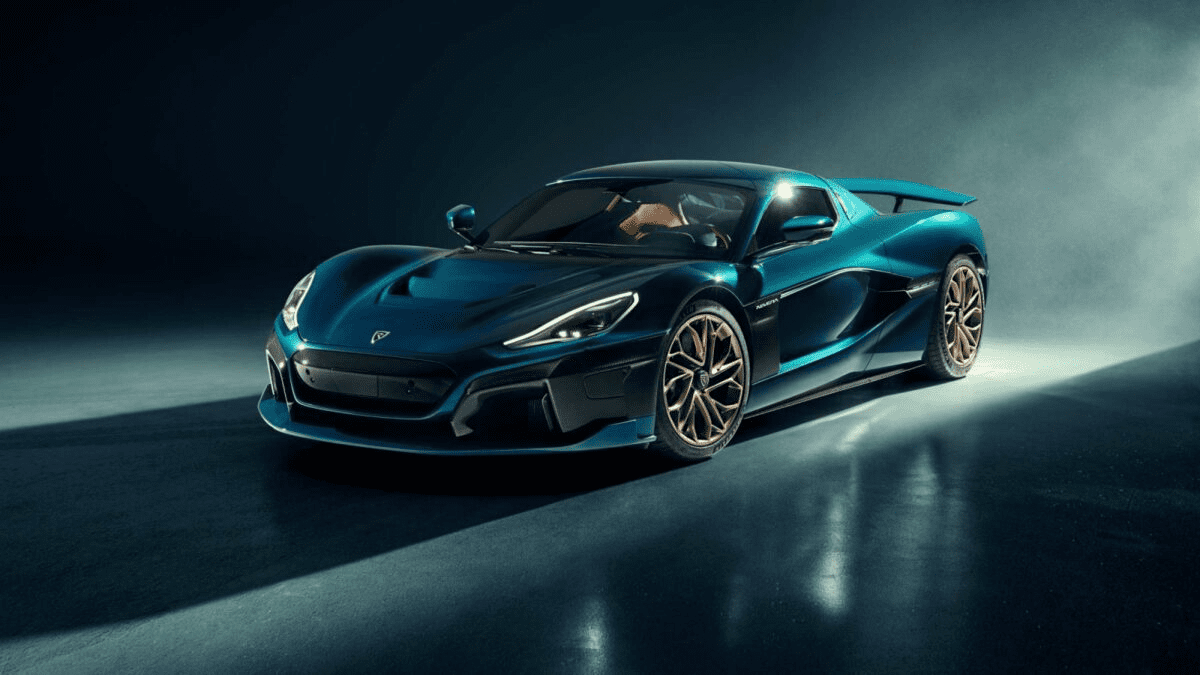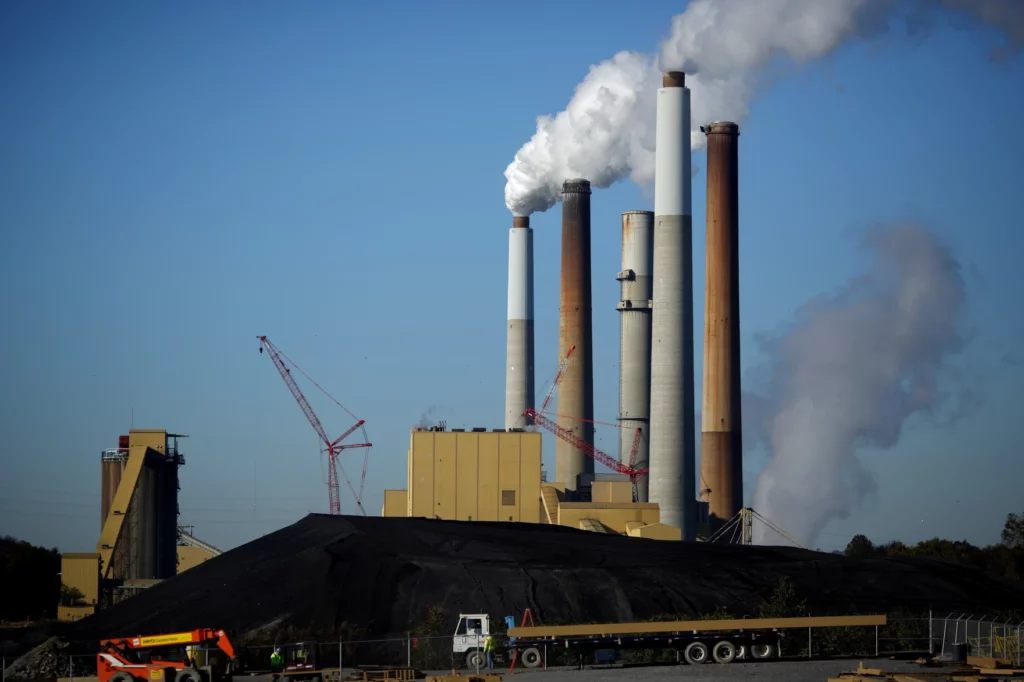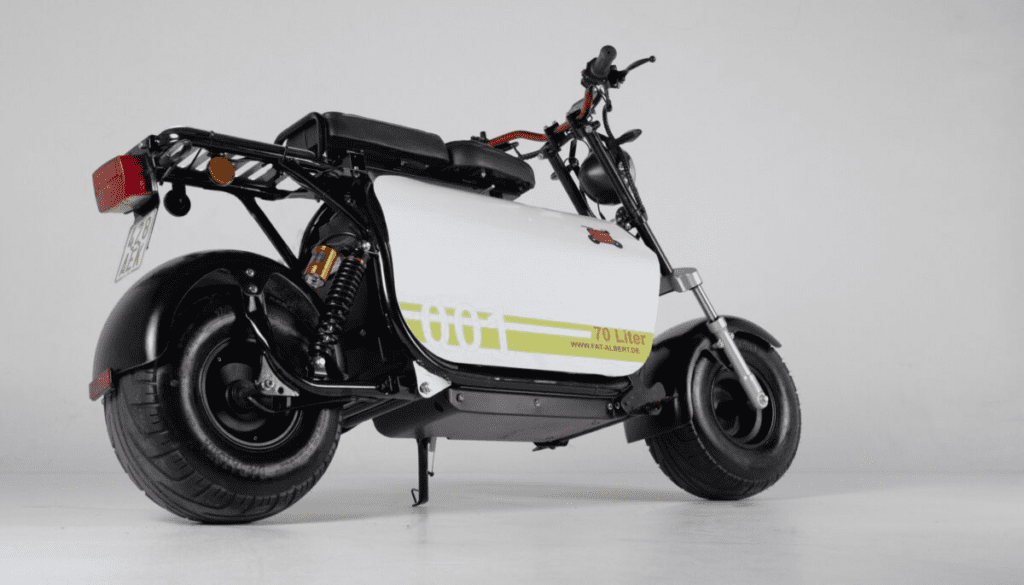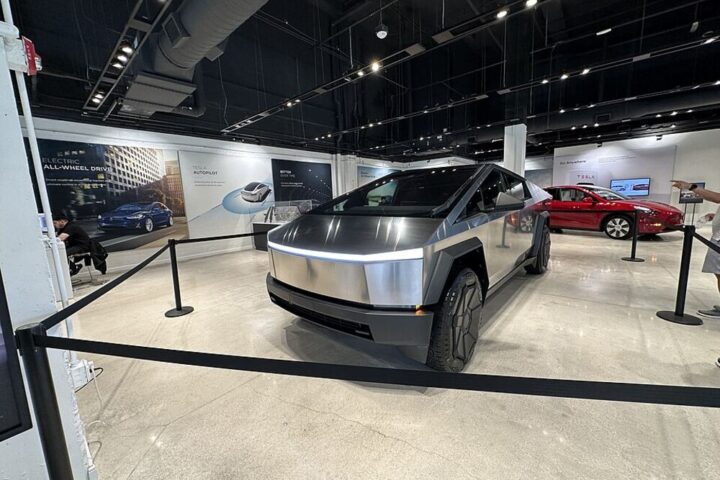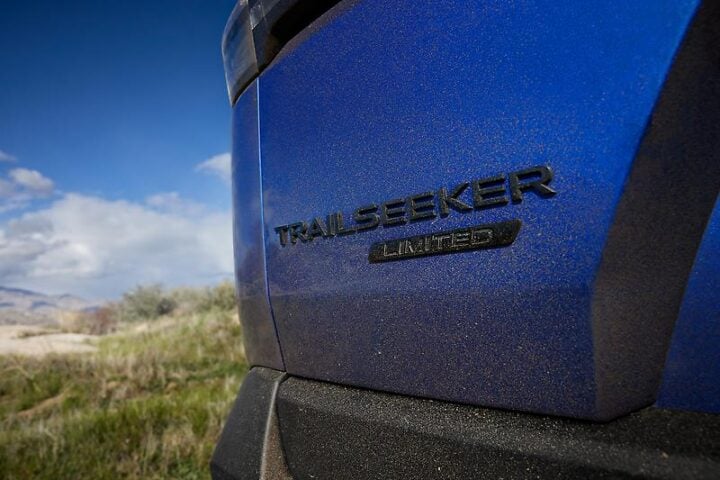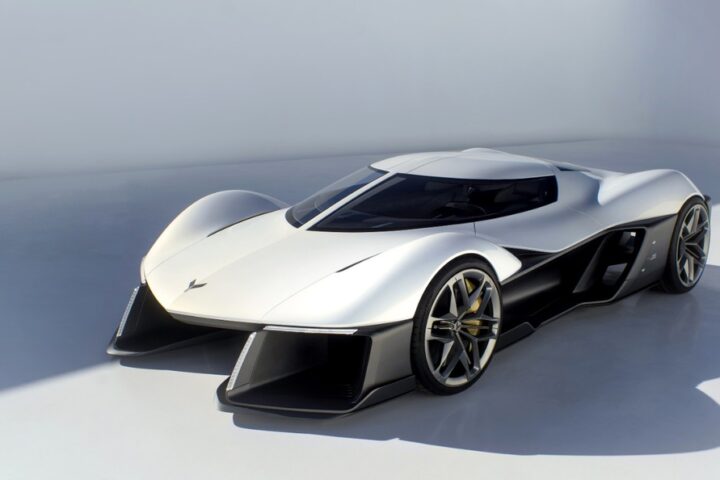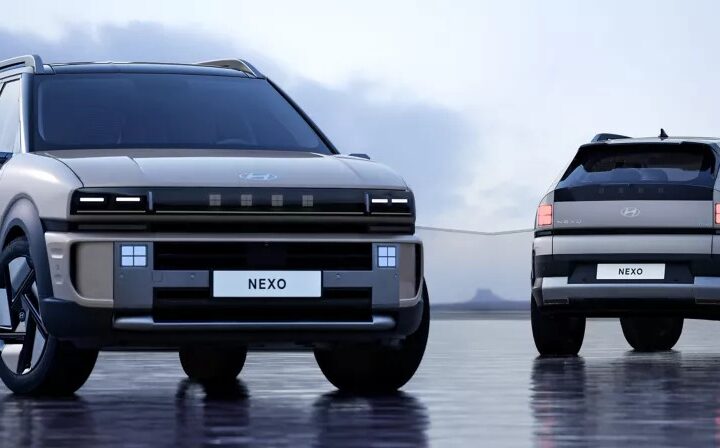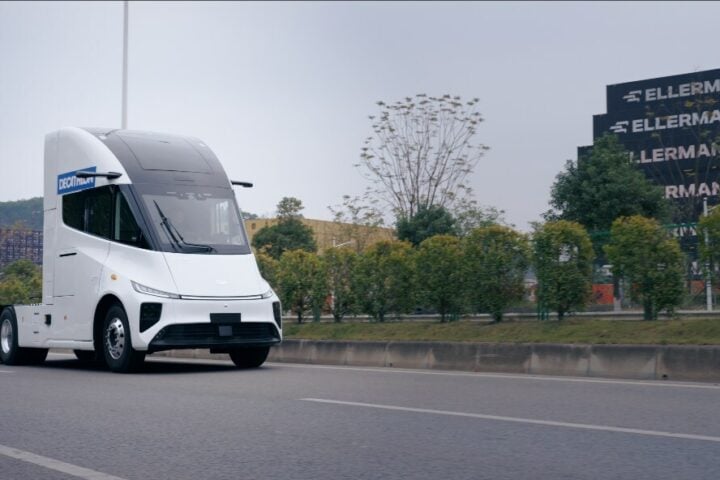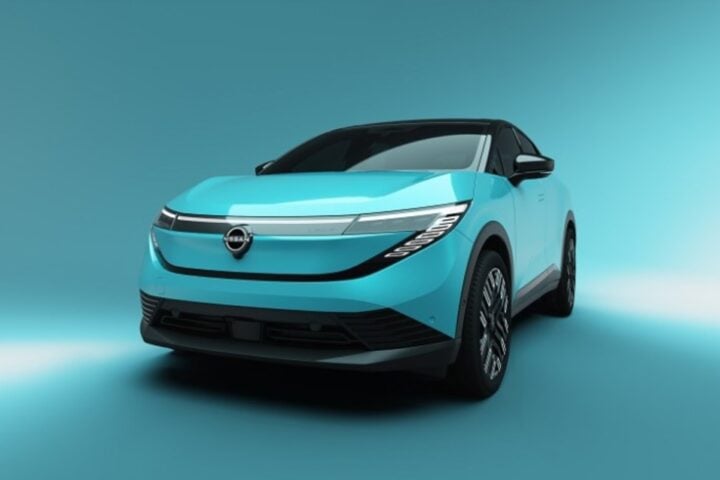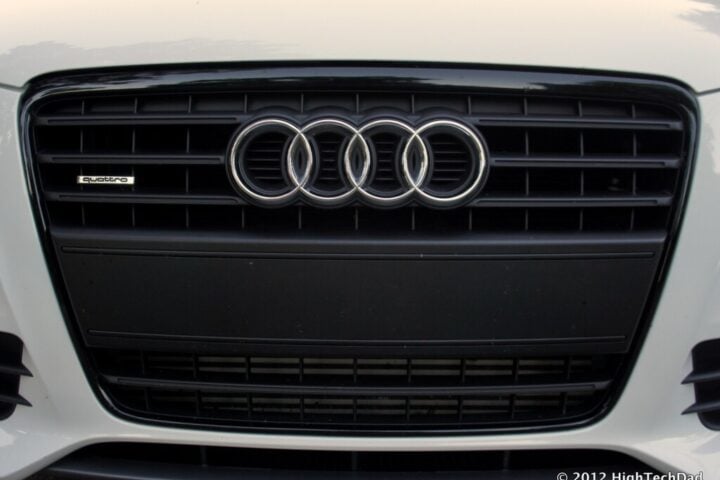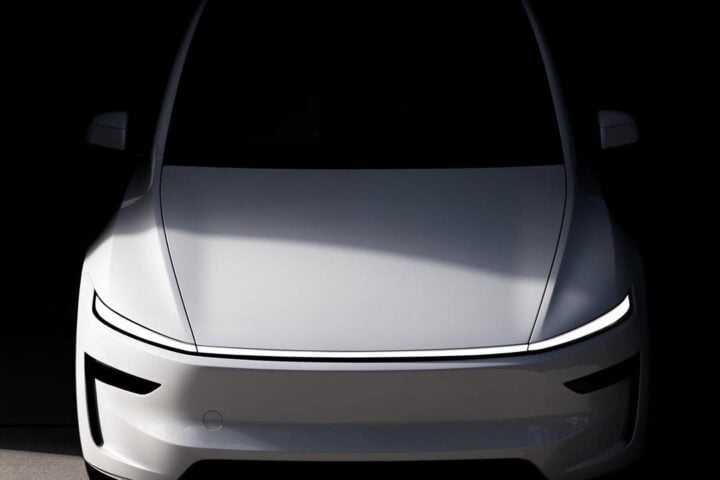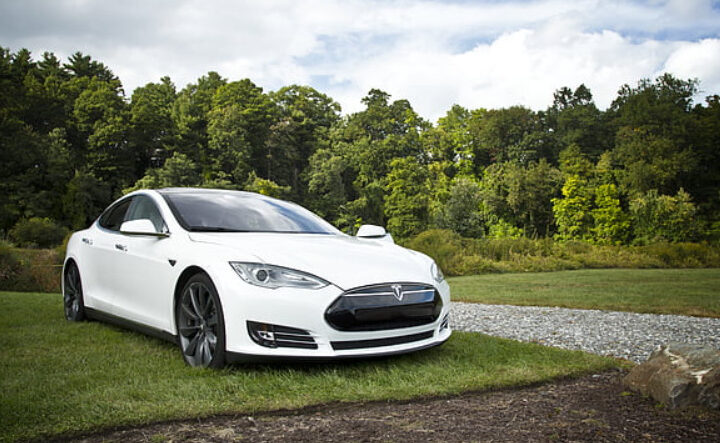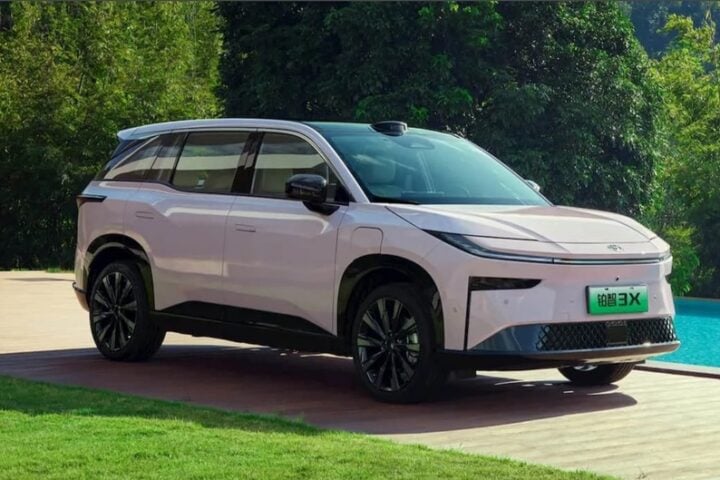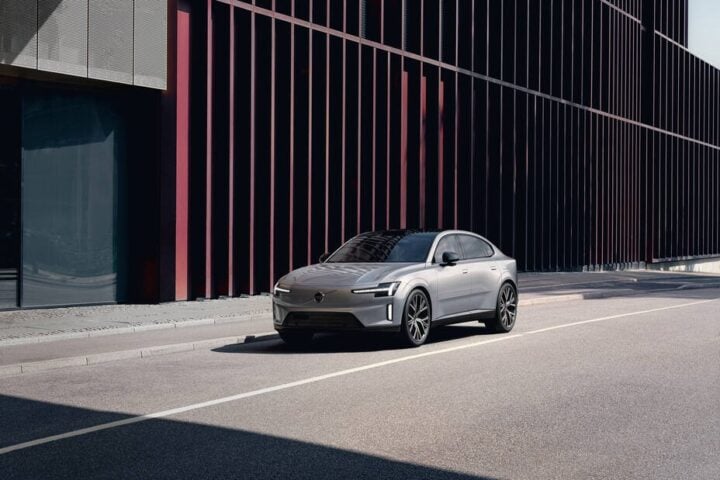Rimac, a company with a decade-long history, has emerged during the still continuing EV-boom across the world. Rimac’s latest creation, the Nevera electric hypercar, broke an impressive 23 performance records on a test track in Germany. The Nevera’s exceptional features and the company’s unique approach to development have contributed to Rimac’s rapid rise in the automotive industry. Rimac, founded in 2009, aims to produce high-performance electric cars for the modern era, and CEO Mate Rimac had already been working on electric vehicles prior to that.
The Nevera represents Rimac’s newest and most powerful production car, designed and engineered at the company’s headquarters in Croatia. In May 2023, the Nevera set the record for the most performance records broken in a single day at the Automotive Testing Papenburg facility in Germany. The Nevera achieved a remarkable 0-100kph speed of 1.81 seconds, surpassing the previous record held by the Pininfarina Battista. Additionally, the Nevera outperformed the Koenigsegg Regera, breaking its record for the fastest acceleration from 0-400kph. The record-breaking event was documented and verified by independent third-party firms, Dewesoft and RaceLogic, to ensure the credibility of the achievements. Rimac’s Nevera also excelled in other acceleration tests, such as reaching 0-60 mph in an astonishing 1.74 seconds. Reaching 100 mph in just over 3 seconds, the Nevera demonstrated its impressive acceleration capabilities. The Nevera’s remarkable speed continues as it goes from 0 to 249 mph (400 km/h) in under 21.9 seconds.
Similar Post
The quarter-mile time of the Nevera was recorded at 8.25 seconds, surpassing the Bugatti Chiron’s time by over a second. Covering a whole mile, the Nevera accomplished the feat in approximately 20.59 to 20.62 seconds. The Nevera showcased its acceleration from 62 to 124 mph (100 to 200 km/h) in just 2.59 seconds. Continuing the acceleration test, the Nevera reached 124 to 155 mph (200 to 250 km/h) in only two seconds. The Nevera’s braking performance was also exceptional, stopping from 62 mph (100 km/h) in approximately 95 feet. Combining acceleration and braking, the Nevera achieved an impressive 0 to 62 to 0 mph time of 3.99 to 4.03 seconds. The zero to 249 mph to zero time for the Nevera highlighted its exceptional capabilities, outperforming the legendary McLaren F1.
Rimac’s achievement can be attributed to the Nevera’s lightweight carbon fiber construction, powerful four-motor powertrain, and advanced electrical system. Nevera is powered with a combined output of 1,914 horsepower and 1,741 lb-ft of torque. The Nevera’s all-wheel drive torque-vectoring system enhances grip and allows drivers to customize their driving experience. Rimac’s development of the Nevera showcases the potential of EVs to become the pinnacle of high-performance vehicles in the future. The Nevera’s record-breaking performance comes at a price, with a cost of $2.4 million, making it the quickest-accelerating road car currently available. The Nevera’s reliability and performance were tested extensively during the record-breaking event, demonstrating its remarkable capabilities. The Nevera’s records were achieved using road-legal Michelin Cup 2 R tires, adding to the car’s credibility and practicality. Rimac proudly claims the Nevera as the fastest and most powerful EV ever made, with a top speed of 412 km/h and unmatched performance.
